Zhejiang Mega Mei Machinery Co., Ltd. is a China Automotive And Motorcycle Hardware Accessories Manufacturer and Sale Automotive And Motorcycle Hardware Accessories Factory. Relying on the driving effect of the Yangtze River Delta Economic Circle and the unique mechanical processing collective advantage of Wenling, Zhejiang Mega Mei Machinery Co., Ltd. specializes in the production of motorcycle and auto parts such as brake lines and accelerator cables. At present, the products produced by the company are exclusively for Honda and other well-known motorcycle manufacturers at home and abroad. Every link from incoming inspection to packaging and shipping is strictly controlled to ensure that every product from Mega Mei Factory can meet the technical requirements of customers, and can pass the QR code source.
China Outer Casing OEM/ODM
Automotive And Motorcycle Hardware Accessories
Our motorcycle cable accessories are meticulously designed to enhance the performance and functionality of motorcycles. These accessories include high-quality cables, connectors, and protective covers that ensure smooth and reliable operation of the motorcycle's control systems.
Product Advantages
Durability:Made from robust materials, these accessories can endure prolonged exposure to sunlight, rain, and dust without degrading. The cables are reinforced to prevent fraying and wear, ensuring long-lasting performance.
Reliability:Precision engineering guarantees consistent and accurate transmission of control signals. High-quality connectors reduce the risk of electrical malfunctions and ensure stable connections.
Product Features
Material Quality:Constructed from high-grade materials, these accessories offer superior resistance to corrosion and wear. The use of premium materials ensures that the cables remain flexible and durable over time.
Precision Engineering:Each component is precisely engineered to fit seamlessly with the motorcycle's existing systems. Attention to detail in the manufacturing process ensures that the accessories meet high standards of quality and performance.
-
Cylindrical cells supply are used in a variety of applications, from portable electronics to power t...
READ MORE -
Integrated series batteries, also known as series-connected battery systems, are widely employed in ...
READ MORE -
Electrical Configuration and Performance The fundamental difference lies in how the cells are interc...
READ MORE -
Compatibility and Integration One of the main practical advantages of an inches rack standard backup...
READ MORE -
12V LiFePO4 (Lithium Iron Phosphate) batteries have become increasingly common in applications rangi...
READ MORE
What Types of Outer Strapping Are There?
Outer strapping is used widely in packaging, logistics, and industrial settings to secure goods during storage or transportation. Depending on the load requirements and working conditions, several types of strapping are commonly applied.
Steel Strapping
Known for its high tensile strength and resistance to impact.
Often used for heavy-duty applications such as bundling construction materials, steel coils, or large machinery.
Although strong, it is heavier and can corrode if not treated.
Polypropylene (PP) Strapping
Lightweight and cost-effective.
Suitable for lighter loads, such as cartons, newspapers, or parcels.
Easy to apply and often used in small to medium-scale packaging operations.
Polyester (PET) Strapping
Provides a balance between strength and flexibility.
Common in industries such as beverages, tiles, and medium-weight pallets.
Maintains tension over time and resists stretching.
Composite and Woven Strapping
Made from polyester fibers, often coated for added durability.
Strong and safer to handle compared to steel.
Frequently used in securing heavy loads for export or long-distance shipping.
The choice of outer strapping depends on whether the priority is strength, cost efficiency, or safe handling. Industries select materials according to load weight, environmental exposure, and transport requirements.
What Materials Are Used for OEM/ODM Outer Casings?
OEM (Original Equipment Manufacturer) and ODM (Original Design Manufacturer) casings are protective housings that cover and safeguard devices or machinery. The choice of material directly affects durability, cost, and appearance.
Plastics (ABS, Polycarbonate, and PP)
Widely used due to their versatility, lightweight nature, and cost-effectiveness.
ABS is valued for toughness, while polycarbonate provides impact resistance and clarity.
These materials are common in consumer electronics, appliances, and automotive components.
Metals (Aluminum, Stainless Steel, and Magnesium Alloys)
Metals are chosen for strength, durability, and heat resistance.
Aluminum is popular in electronics for its lightweight and corrosion resistance.
Stainless steel offers toughness and is used in heavy-duty or aesthetic casings.
Magnesium alloys are used where both strength and reduced weight are required.
Rubber and Silicone
Often used for shock-absorbing casings or protective covers.
Provide grip, water resistance, and cushioning.
Found in handheld devices, outdoor tools, or automotive parts exposed to vibration.
Composite and Hybrid Materials
Combine plastics with fiberglass or metals to balance strength and weight.
Applied in specialized areas such as aerospace, high-end electronics, or protective automotive panels.
OEM/ODM casing materials are selected according to their function—lightweight plastics for affordability, metals for durability, and composites for specialized requirements. The choice often reflects a balance between performance and cost.
What Are the Production Steps for Nut Hex for Automotive and Motorcycles?
Hexagonal nuts are essential fastening parts that connect with bolts in vehicles. Their production involves a series of steps designed to ensure strength, precision, and reliability.
Raw Material Selection
Typically medium or high carbon steel, stainless steel, or alloy steel.
Material must provide a balance between strength and corrosion resistance.
Cutting
Steel rods or wires are cut into short pieces that will serve as nut blanks.
Cutting ensures consistency in size before shaping.
Forging
Nuts are shaped into their hexagonal form by either cold forging (at room temperature) or hot forging (at elevated temperatures).
Forging establishes the overall structure and the central hole.
Threading
Internal threads are added through cutting or rolling.
Thread rolling is often preferred because it strengthens the material.
Heat Treatment
The nuts are heated and cooled under controlled conditions to improve hardness and toughness.
This step ensures performance under stress and vibration.
Surface Treatment
Protective coatings such as zinc plating, phosphate, or nickel are applied.
These finishes prevent corrosion and improve service life.
Quality Inspection
Nuts are tested for dimensional accuracy, thread quality, and strength.
Only parts that meet automotive and motorcycle standards proceed to packaging.
Summary: Nut hex production is a precise process, with each step contributing to the component’s safety and performance in demanding applications.
 boo@zjmgmm.com / 958587858@qq.com
boo@zjmgmm.com / 958587858@qq.com English
English русский
русский Español
Español عربى
عربى
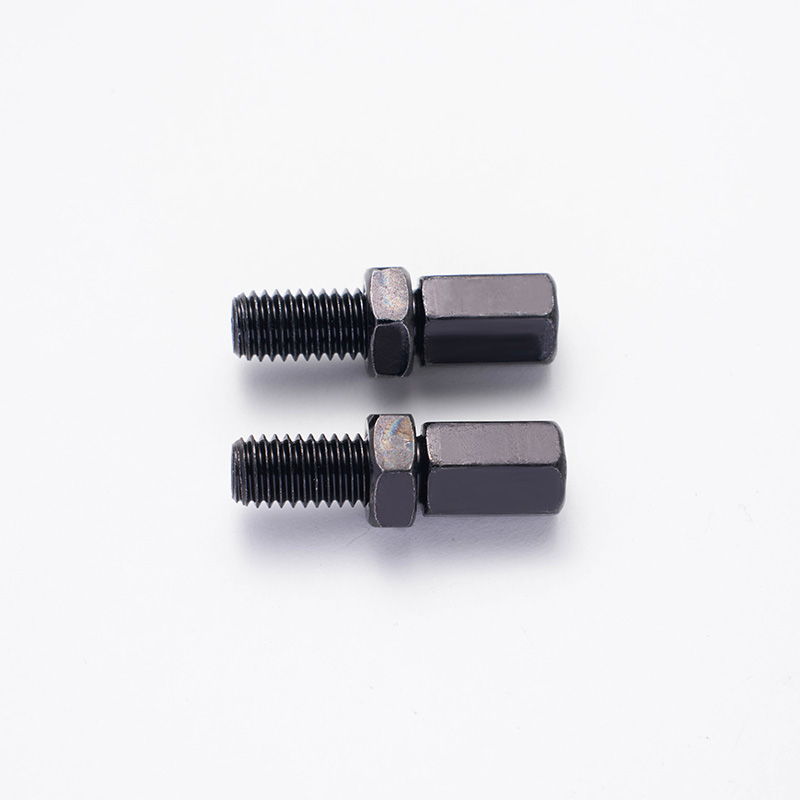
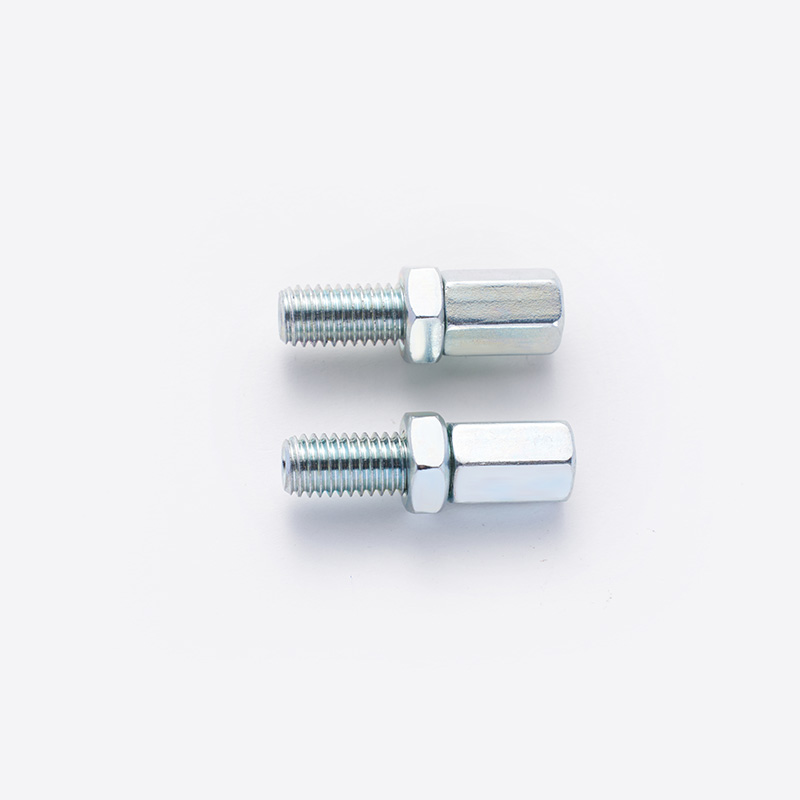
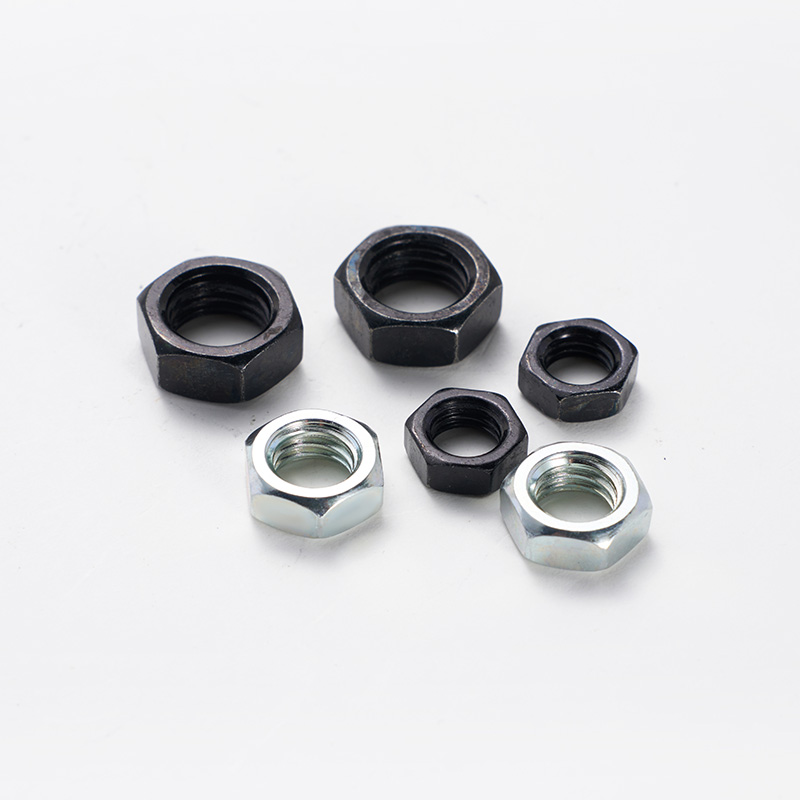
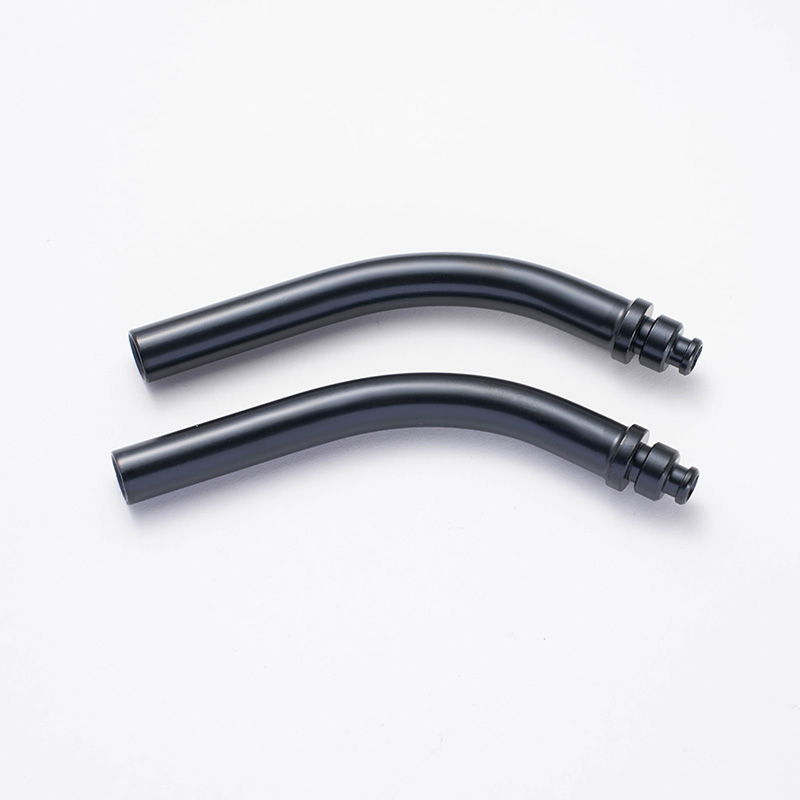

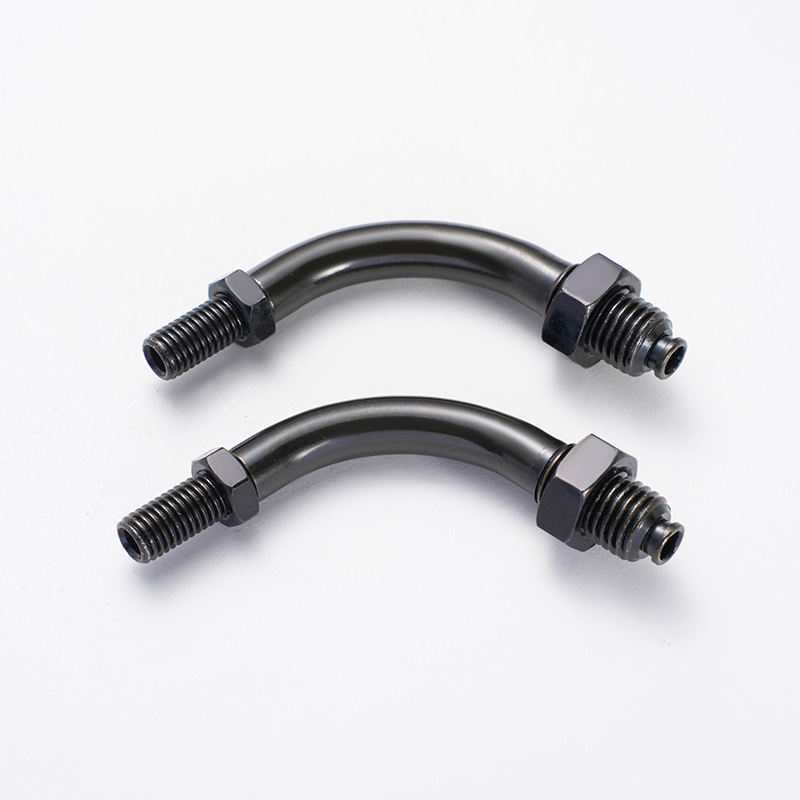
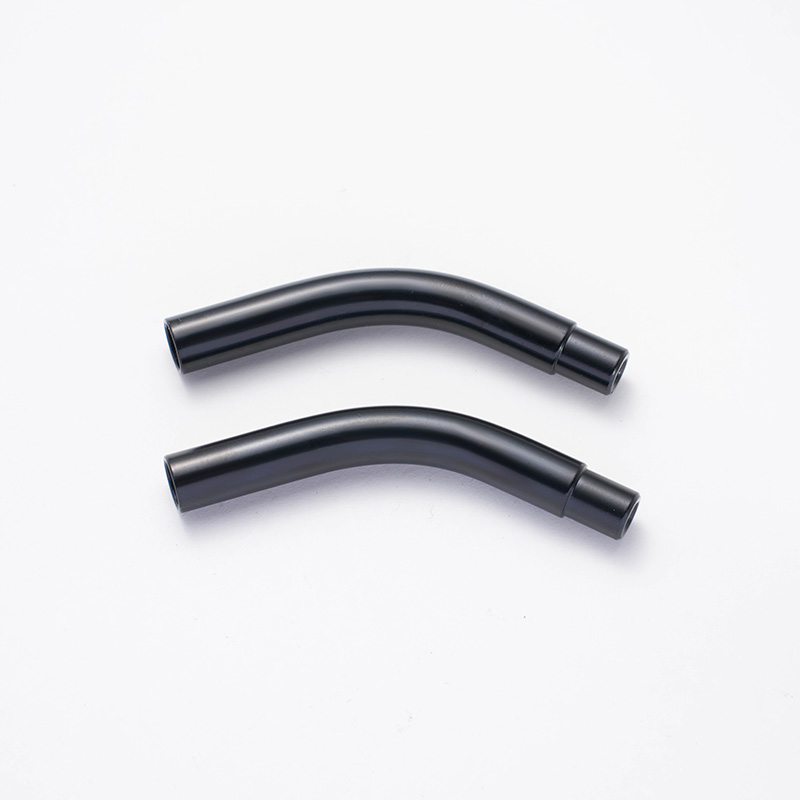

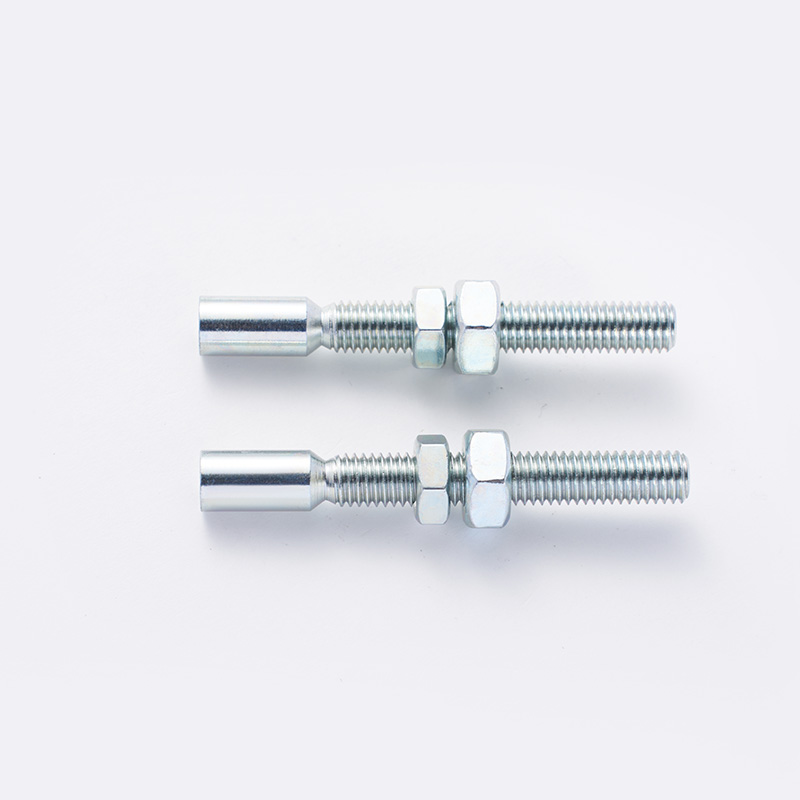
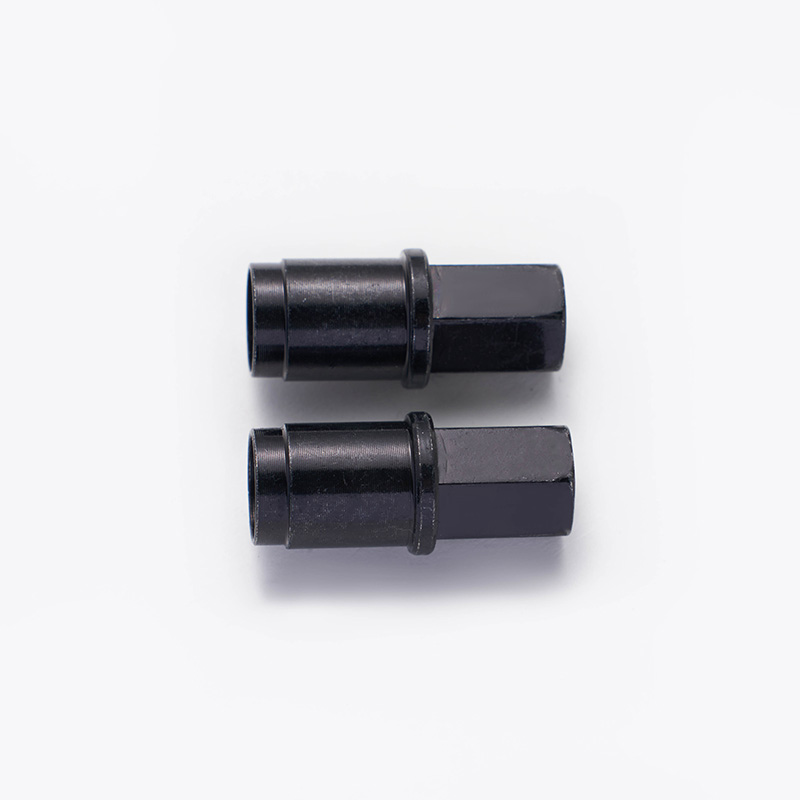
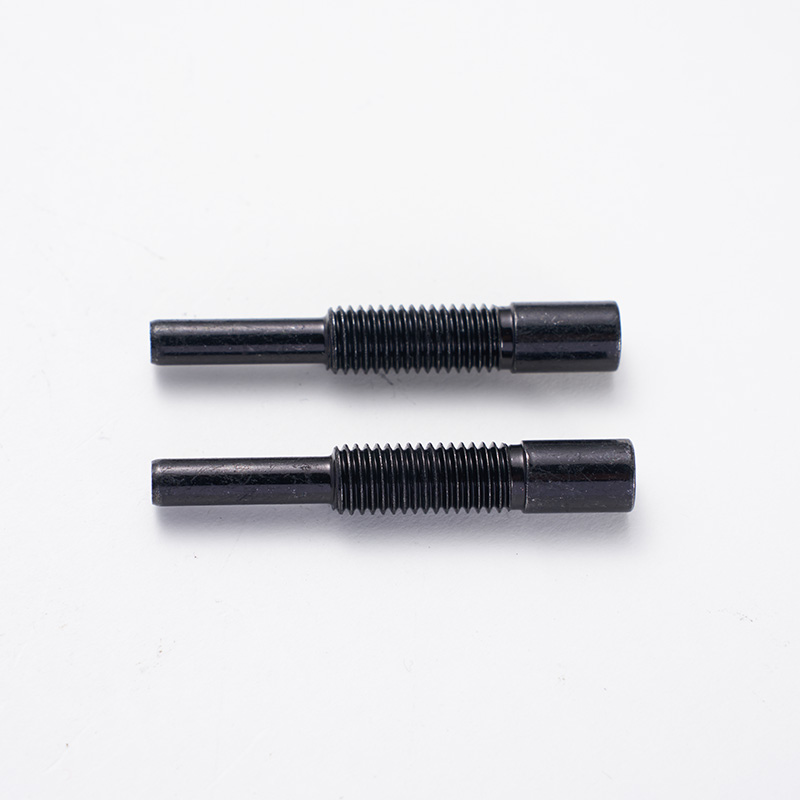
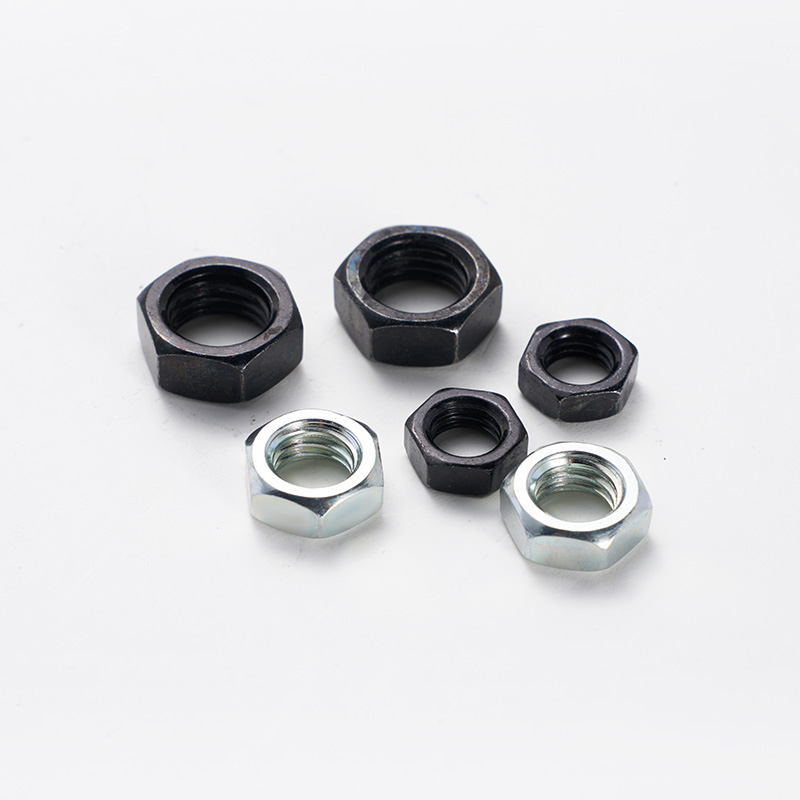







 English
English  Building 33, Demonstration Park, No. 318 Chenguang Road, Eastern New District, Wenling City, Taizhou City, Zhejiang Province, China
Building 33, Demonstration Park, No. 318 Chenguang Road, Eastern New District, Wenling City, Taizhou City, Zhejiang Province, China  0086-576-86337978
0086-576-86337978  0086-576-86333878
0086-576-86333878
 boo@zjmgmm.com
boo@zjmgmm.com 